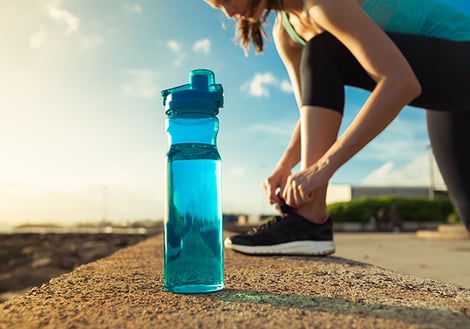-
Ingredient SolutionsQuickly narrow your search. Browse products in our sortable catalog. View Catalog
-
ApplicationsQuickly narrow your search. Browse products in our sortable catalog. View Catalog
-
ResourcesRecently Posted
-
PLT People & Planet
-
About
Our international network, passionate team of experts and extensive industry knowledge is what sets us apart.
 Seth FlowermanCEO
Seth FlowermanCEO
Plasma Concentrations of Boswellic Acids in Fasting Healthy Humans Supplemented with a Water-Soluble BSE vs. Reference BSE



Plasma Concentrations of Boswellic Acids in Fasting Healthy Humans Supplemented with a Water-Soluble Boswellia Extract (78% AKBA) vs. Reference Boswellia Extract (30% AKBA)
Davis, Barbara & Sengupta, Krishanu & Alluri, Venkata & Golakoti, Trimurtulu.
(2019) CURRENT DEVELOPMENTS IN NUTRITION. 3. 10.1093/cdn/nzz031.P06-005-19.
(P06-005-19). Curr Dev Nutr 2019; 3 Suppl 1:nzz031.P06-005-19.
Objectives: A randomized, open label, balanced, two-way crossover study compared the oral bioavailability and pharmacokinetic profiles of two Boswellia products standardized to 3-O-acetyl-11-Keto-β-boswellic acid (AKBA).
Methods: Twenty-two fasted male participants completed the study. They received a single oral-dose of water-soluble Boswellia extract 78% (LI51202F1) or the standard Boswellia extract 30% (5-Loxin) at 30 mg AKBA equivalent with 240 mL water on 2 separate occasions 12 days apart. Plasma AKBA and KBA were analyzed using a LC-MS/MS in pre- (0 hr) and post-dose (00.50, 01.00, 01.50, 02.00, 02.50, 03.00, 04.00, 08.00, 12.00 and 24.00 hrs) blood samples. Pharmacokinetic analysis was performed using WinNonlin® version 7.0 (Pharsight corporation, USA).
Results: Comparative analysis of the pharmacokinetic parameters showed LI51202F1 had higher (111.11%) Cmax for AKBA vs. 5-Loxin. The bioavailability indicated by Geometric means of AUC0-t and AUC0-∞ were 25.49% and 16.13% higher in LI51202F1 than 5-Loxin.
Conclusions: The present study demonstrates that oral ingestion of water soluble and standard Boswellia extracts resulted in similar bioavailability. Interestingly, the water-soluble version exhibited higher Cmax and AUC values, which could be attributed to the improved solubility of LI51202F1.













